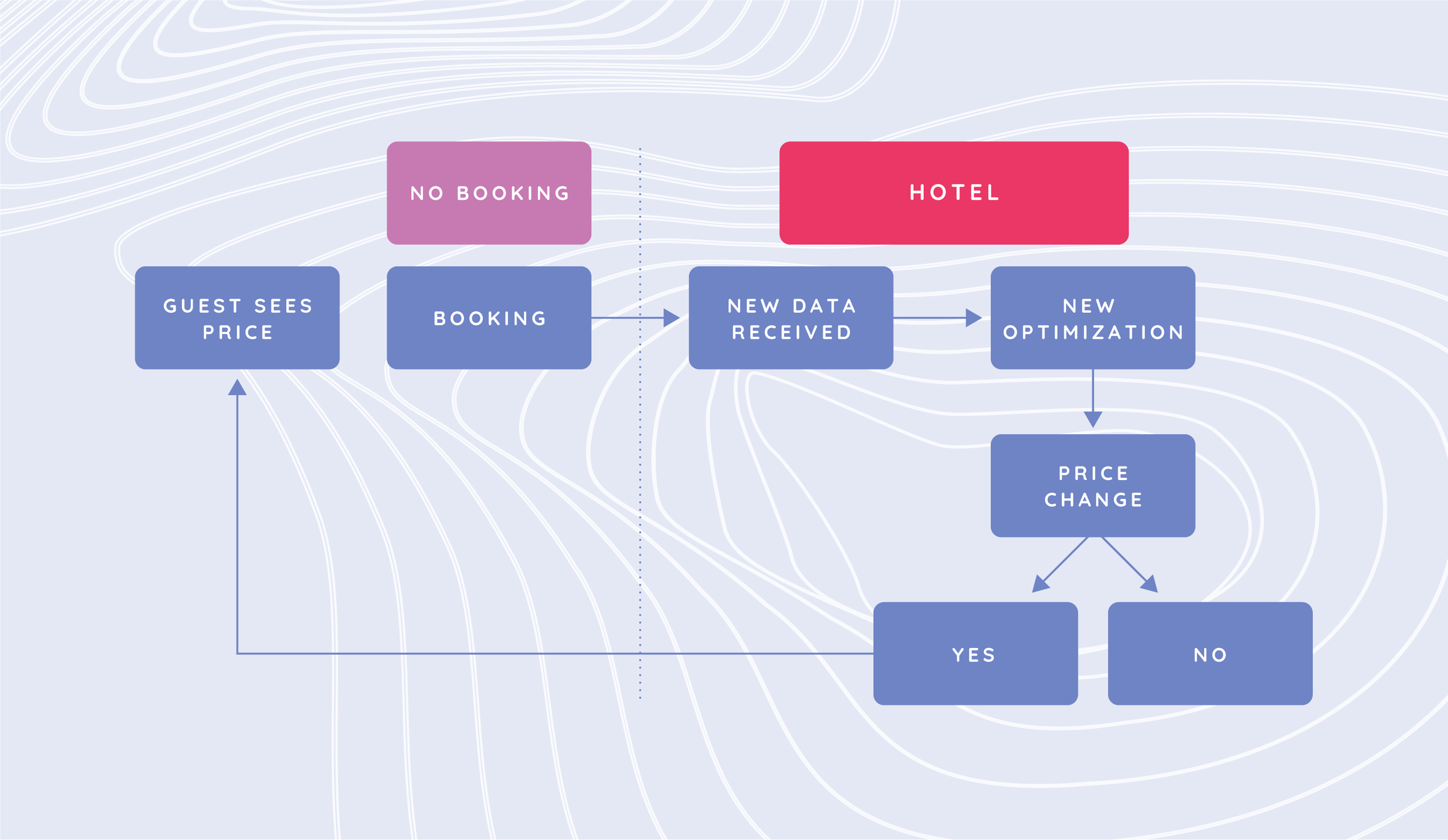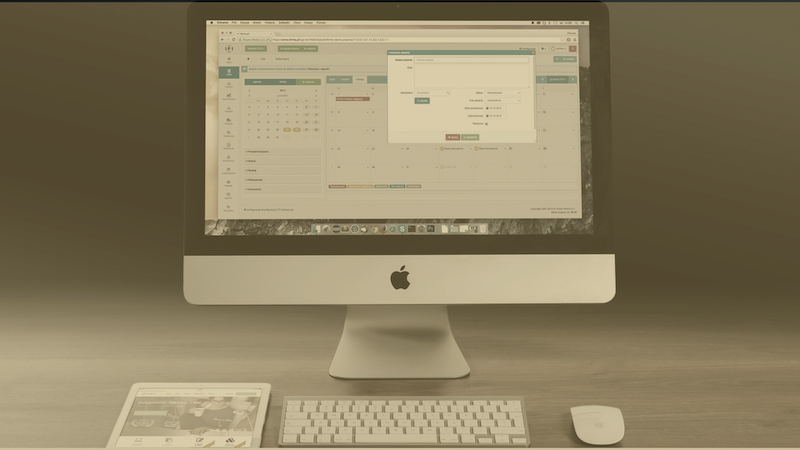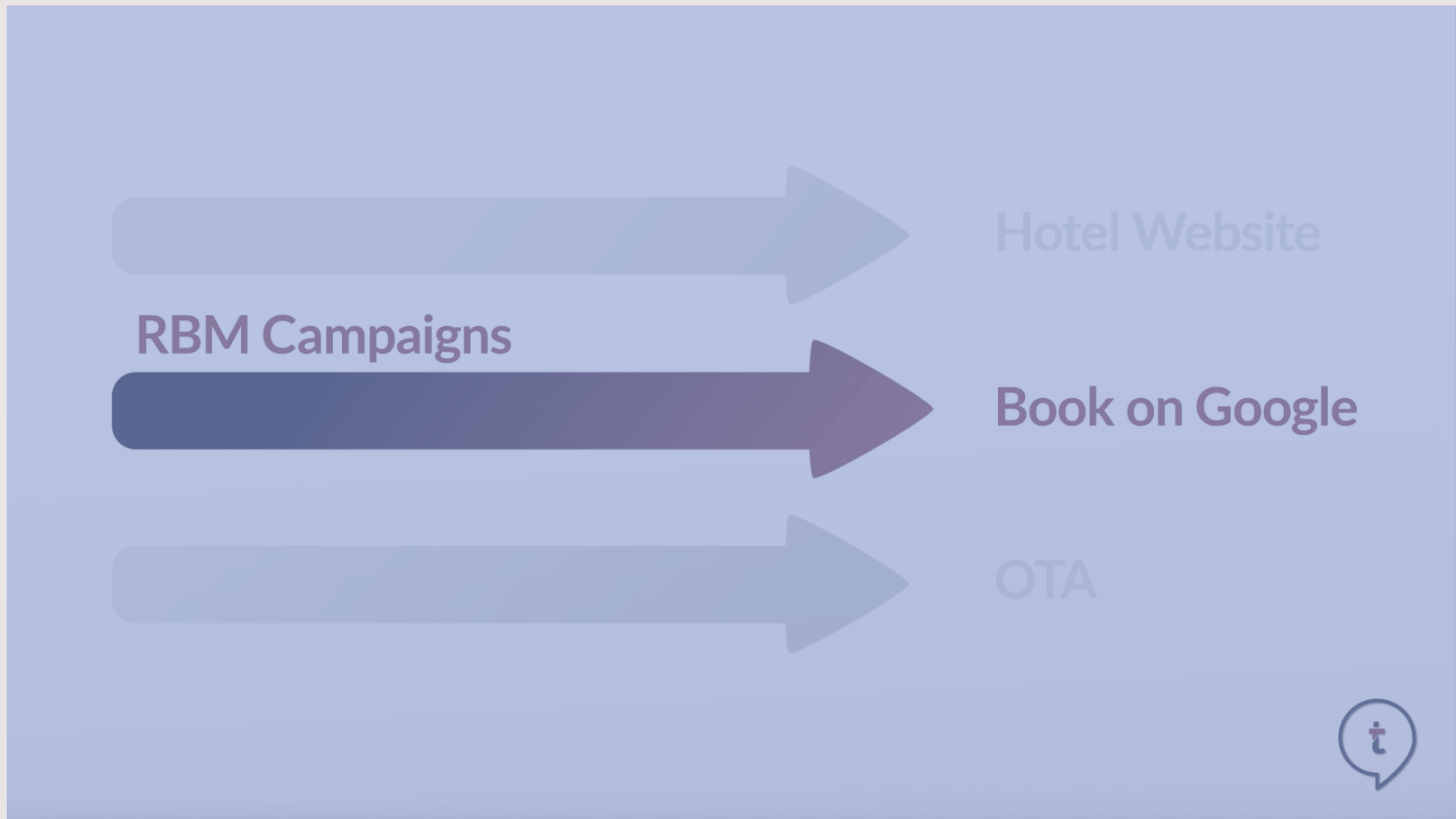This months editorial article is written in 4 parts that we will be releasing over the month of October.
- Part One. An industry veteran's perspective to the hotel industry student. (This Release)
- Part Two. The Hotel Owner's perspective.
- Part Three. The Revenue Managers perspective
- Part Four. Conclusion, Myth vs. Reality.
We will also make the article available in full at the end of the month.
Happy reading...
Part 1 of 4 | A Manifesto of real time pricing – By Fabian Bartnick, Founder of Infinito
Dear Student,
I want to be honest with you: you will be in for a shock when you enter the industry after your studies.
Imagine a world where you take a picture, get it developed, put it in an envelope, go to the post office, send it to Instagram, wait two weeks for them to receive it, then scan it and then add it to your feed.
The industry is amazing, don’t get me wrong, but the application of what you are used to in your own-personal-real life are mostly not there – seamless connectivity, virtual assistants and real-time are words that are just that – words!
According to research by Skift (April 2019):
- 16.5% of hotels worldwide use sophisticated revenue management technology (one main job is to price) that goes beyond Excel spreadsheets, heuristics and gut feeling.
- 55% of total room revenue is not overseen by revenue management tech.
This equals a $330 billion opportunity for growth. Welcome to our world ?
Now let’s talk real-time pricing. And when we talk real-time pricing, we also need to talk about connectivity and automation. Let’s go through some theoretical scenarios and explanations (I drilled it down to four obvious ones but there could be more):
- Scenario 1: Automated decisions in a 100% connected environment – Imagine it like Netflix starting the next episode of the series when you just finished one episode
Real time pricing does just that – pricing in real time going from A (hotel) to B (various systems) to C (Consumer) instantly
Best imagined: every time new data is received (e.g. reservations), a system will re-run its optimization algorithm and spit out a) no price change, or b) a price change (up or down) and then distribute the price-change to various systems ultimately reaching the end consumer instantly.
- Scenario 2: User decides in a 100% connected environment – Imagine it like your Instagram
Real time pricing now becomes in-the-moment-pricing. I.e. whilst you can argue that the user sees “real time information, ie. Latest information” when logging in – what happens when the user doesn’t log in or decides the optimized price is not right?
- Scenario 3: Automated decisions in a patchy connection environment - Imagine it like going to a meeting late – it started, some people are missing, boss still started
Tricky scenario. The technology does what it is supposed to do: Run algorithm when new data is received. However, here we are seriously breaking the real time cycle as data might only be received in intervals or in batches. So, whilst the data push (sending prices) is instant, the collection of data might be missed opportunities until the next time data comes around.
- Scenario 4: User decisions in a patchy connection environment - Imagine it like trying to post that Instagram picture with no wi-fi and a 2G connection
This is a real bummer. Not only do you receive data in intervals but if you are not available then you miss the optimization cycle all together and your new recommendations just sit there until you decide to push them (even worse, imagine you have to enter every reservation manually).
- Caveat: Real-time just a fancy buzzword?
Well, even in a 100% connected environment (you receive and push data instantly) you will find very few examples where external data (e.g. rates of competitors) and own data (e.g. reservations data) are collected at the same time and in sync – i.e. new reservation is received, rate data for comp set is 2hrs old, market level data is 8 hrs old – a decision is taken - would you consider that real time or real time with not all data required to make it fully work?
My advice: When someone tells you, they do real-time – ask them what it actually means.
See you around the track,
Your Industry Veteran




 Free download
Free download

![V03: The History of Hotel & Travel Technology | [Updated] Infographic](https://www.techtalk.travel/storage/app/uploads/public/63f/e6f/ec8/63fe6fec80447817849943.jpg)



Create an account to access the content.
Get access to Articles, Video's, Podcasts, Think Tanks, Infographics and more.
Click “Sign In” to accept our
Terms of Service Privacy Policy